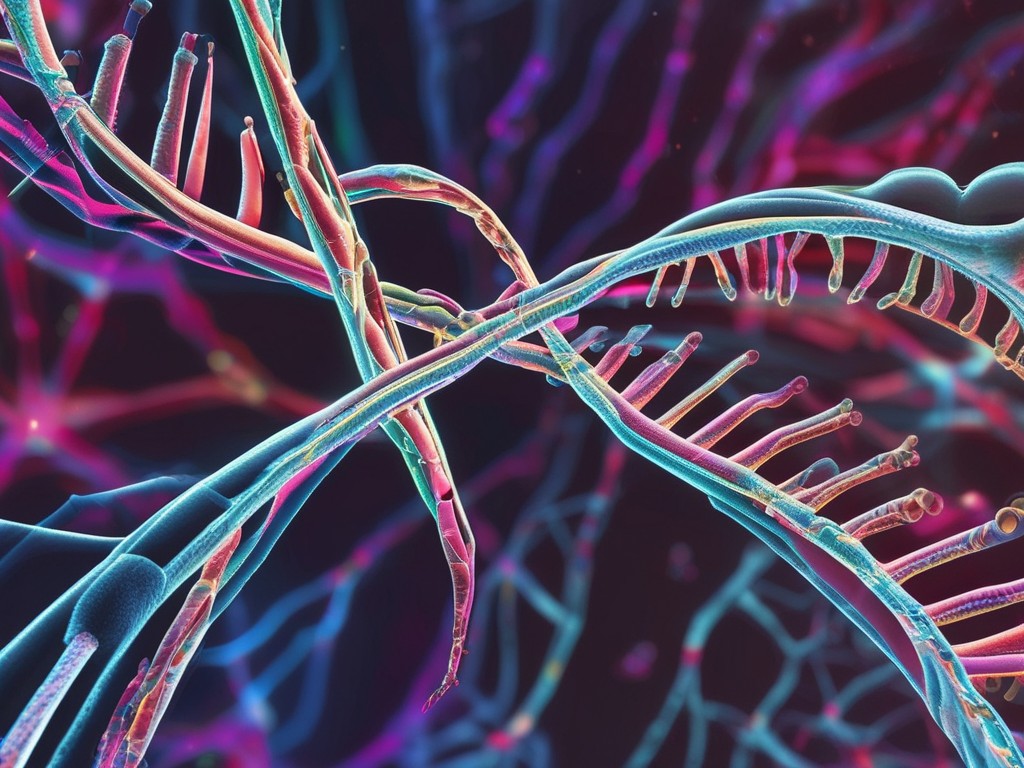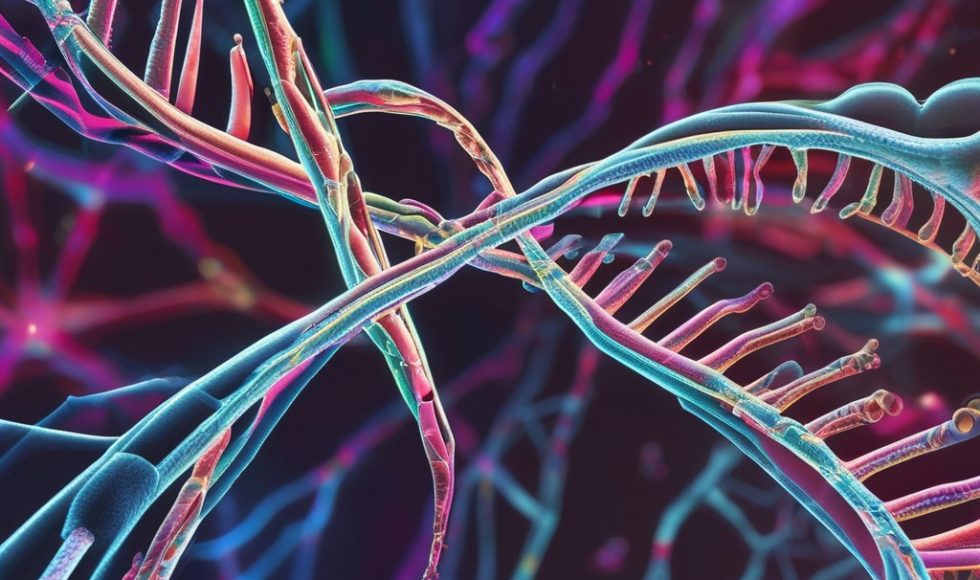Sofia Kudasheva from Earlham Institute in the UK spoke at London Calling 2024 about “Long-read CaptureSeq identifies novel RNA isoforms of psychiatric risk genes.” They noted that alternative splicing is “a key regulator of neuronal differentiation,” occurring in 95% of human genes and involved in disorders. The team wanted to better understand the role of splicing in neurologic disorders. Kudasheva explained that long complex genes with multiple splice variants have been challenging to study. Long reads can help capture full-length isoforms. Nicola Hall at the University of Oxford collaborated to design probes against all constitutively spliced exons of 1469 genes. Synthetic splice-ins were included. Fifty-two samples from twenty individuals were studied. RIN values were above 7… though there was still some RNA degradation. Samples included adult and fetal samples. CaptureSeq reads were strongly enriched for target genes. Capture enrichment was not biased by the number of probes. Kudasheva validated the method with the CaptureSeq results and PCR. Novel isoforms identified were involved in isoform switching events between samples. Kudasheva explored the functional consequences of some of these isoforms. Over fifty-six thousand novel isoforms for 1,100 genes of interest were found.



